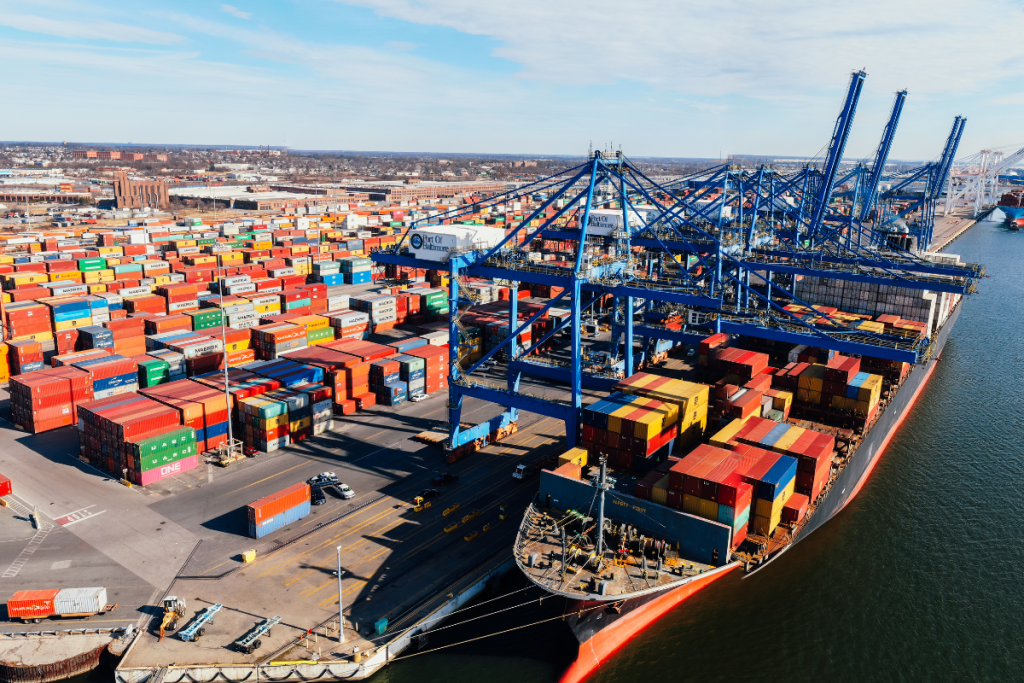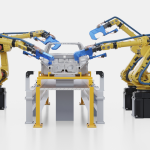Despite heightened focus on reshoring, the United States saw only a 1% rise in domestic output in 2024, according to Kearney’s latest reshoring report. Imports from Asia’s low-cost countries surged 10%, revealing persistent reliance on offshore production, especially in electronics and chemicals. While more CEOs now cite reshoring as a strategic priority, fundamental gaps in raw material access, infrastructure, and labor are slowing progress.
Executive Commitment Outpaces Domestic Capability
Kearney’s 2025 Reshoring Index, released April 30, paints a sobering picture of U.S. manufacturing’s current trajectory. While 15% more CEOs now plan to reshore operations over the next three years – fueled largely by geopolitical risk and rising concerns over long-term resilience – actual production remains stalled.
One of the clearest disconnects lies in raw material sourcing. Just 5% of U.S. manufacturers were able to procure raw materials domestically in 2024, a data point that underscores the fragility of the reshoring push beyond boardroom announcements. “The next phase will require not just capital, but coordination,” said Kearney partner Patrick Van den Bossche in an official statement, signaling that isolated investment won’t overcome embedded structural challenges.
Moreover, the economic incentives that once made reshoring attractive are being eroded by a reversion to global sourcing in areas where capacity and specialization are not yet available in North America. While reshoring is now a staple of corporate strategy decks, operational execution is lagging well behind.
Mexico’s Manufacturing Edge Dims
Cross-border production with Mexico, once considered a high-potential complement to U.S. reshoring, also saw diminished momentum in 2024. Although Mexico remains more cost-effective than China, the cost gap with other Asian LCCRs is narrowing, especially in high-skill sectors where expertise and scale are essential. Labor costs in Mexico have risen by 14% since 2020, while critical infrastructure, especially water, road access, and energy reliability, remains under strain.
As per the report, LCCR sourcing is “quietly regaining momentum,” particularly in industries where readiness outweighs proximity. That trend reverses recent narratives about supply chain shortening and suggests companies are recalibrating toward reliability and capability over nationalistic aspirations.
The report warns that the U.S. is approaching an inflection point. Leaders will soon have to decide not just where to produce, but what to prioritize in a manufacturing revival that is likely to be selective rather than sweeping. As new tariffs loom and global instability persists, the winners of the next industrial era will be those who combine bold vision with disciplined execution and ecosystem development.
Reshoring Momentum Meets Operational Limits
The reshoring conversation in U.S. manufacturing is maturing, shifting from aspiration to the reality of what it takes to rebuild industrial capability at scale. Kearney’s latest data makes it clear that executive commitment, while encouraging, is only one part of the equation.
Without parallel investments in materials access, infrastructure, and specialized labor, the gap between strategic intent and operational capacity will persist. Progress will depend on how effectively stakeholders can align around the practical requirements of supply network renewal—not just within firms, but across entire ecosystems.





